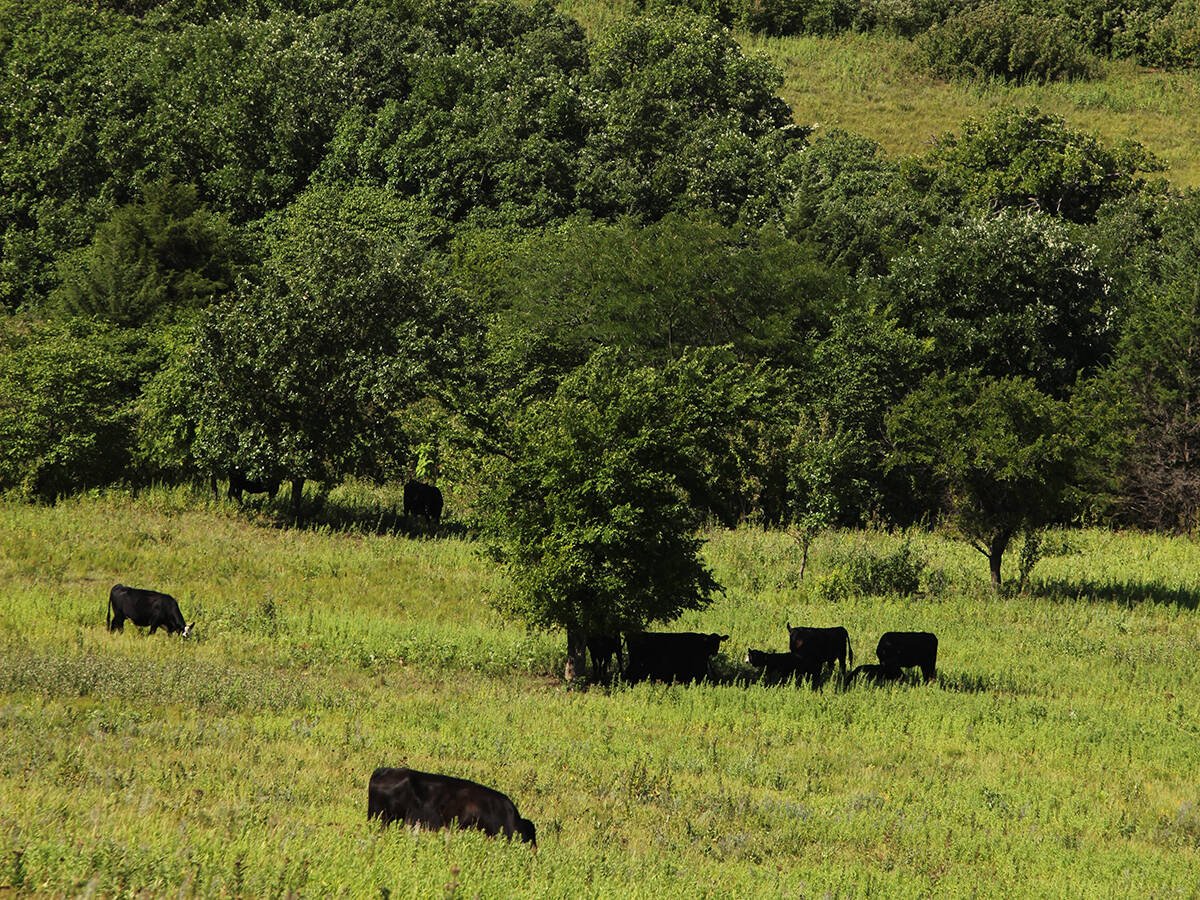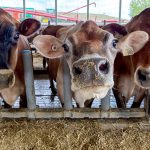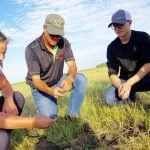BSE monitoring | Shortfall blamed on fewer tests from Saskatchewan and Alberta
MANITOU BEACH, Sask. — Canada did not meet its BSE surveillance target last year and risks losing its controlled risk status if the trend continues.
Producers attending the Sask-atchewan Cattlemen’s Association district meeting in Manitou Beach Oct. 22 heard that the country fell short of its 30,000 sample requirement by about 2,600.
According to the Canadian Food Inspection Agency website, 27,371 samples were collected in 2012. None tested positive.
That compares to 33,458 collected in 2011 and one positive result.
The website notes that there had been 24,029 tests as of Sept. 30, all of them negative.
Read Also

Beef cattle more prone to trace mineral deficiencies
The trace mineral status of our cows and calves is a significant challenge for western Canadian producers and veterinarians.
Howard Toews, SCA director for District 6, read a letter from provincial veterinarian Dr. Betty Althouse to about 40 producers.
“This is a direct result of decreased testing in Alberta and Saskatchewan,” the letter said.
“Although there have been no immediate effects of failing to meet testing requirements in 2012, we are at risk of losing our current international status (of controlled risk) if this continues. Also, there will be no chance of ever improving our BSE status in the future.”
The alarm was sounded last year when the CFIA noted that the number of samples was dropping.
Saskatchewan samples have increased 70 percent from last year, but the province still won’t meet its 7,400 target.
The samples should come from what’s called 4D cattle: diseased, down, dying or dead. A points system implemented by the World Animal Health Organization (OIE), places higher value on samples from those types of cattle.
One producer at the meeting noted he simply hasn’t had the cattle to test.
“I think I’m doing a better job of getting rid of those cows that get old enough that will go down or get sick or something, moving them sooner when they’re younger and can still go to the auction mart,” the producer said.
Others noted that the value of cull cows has risen and animals are moving to slaughter sooner.
Brad Wildeman from Pound-Maker Ag Ventures said fewer samples will be required if Canada moves to negligible risk.
According to OIE rules, countries move to negligible risk status 11 years past the birth date of the most recent positive BSE case.
The last confirmed case in Canada was born in 2004.
“We need to make sure our testing keeps up and then we can apply,” he said.
Some producers said they simply forgot about testing, while another said the $75 that is paid for samples “isn’t enough money to bother with.”
Wildeman said hundreds of thousands of fed cattle can be tested at slaughter but it won’t help Canada’s cause unless they are exhibiting signs of disease at the facility.
That would rarely happen because truckers won’t load cattle showing signs of problems.















